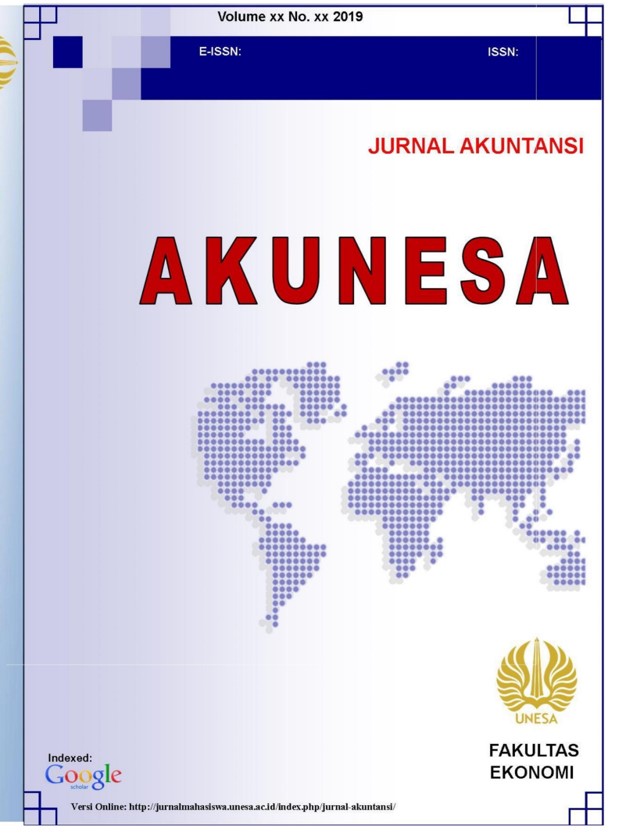Analisis Niat Perilaku Dalam Menggunakan Software Akuntansi Pada Mahasiswa Akuntansi Universitas Hayam Wuruk Perbanas Di Surabaya
DOI:
https://doi.org/10.26740/akunesa.v10n3.p84-100Abstract
Penelitian ini memiliki tujuan untuk mengkaji pengaruh ekspektansi kinerja, ekspektansi usaha, pengaruh sosial dan inovasi terhadap niat perilaku dalam menggunakan software akuntansi pada mahasiswa akuntansi di Universitas Hayam Wuruk (UHW) Perbanas Surabaya. Selain itu penelitian ini juga memiliki tujuan untuk menguji pengaruh ekspektansi usaha terhadap ekspektansi kinerja. Populasi penelitian ini adalah mahasiswa jurusan akuntansi di UHW Perbanas. Sampel penelitian adalah mahasiswa akuntansi di UHW Perbanas yang telah mengkuti mata kuliah terkait software akuntansi yaiut MYOB dan SAP. Teknik pengambilan sampel menggunakan purposive sampling sedangkan pengumpulan data menggunakan kuesioner yang dibagikan melalui google form. Sejumlah 90 responden berpartisipasi dalam penelitian ini. Data dianalisis menggunakan SEM_WarPLS 7.0. Hasil penelitian menunjukkan bahwa ekspektansi kinerja dan pengaruh sosial memiliki pengaruh posisitif yang signifikan terhadap niat menggunakan software akuntansi. Adapaun ekspektansi usaha memiliki pengaruh yang positif dan signifikan terhadap ekspektasnsi kinerja. Sementara itu ekspektansi usaha dan inovasi mahasiswa tidak berpengaruh terhadap niat menggunakan software akuntansi.
Downloads
Published
How to Cite
Issue
Section
 Abstract views: 926
,
Abstract views: 926
, PDF Downloads: 859
PDF Downloads: 859








